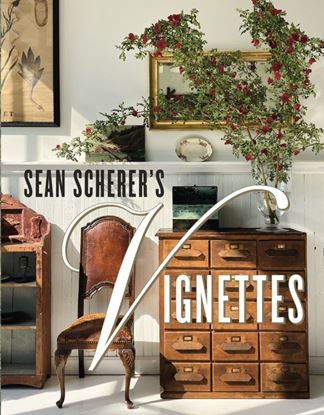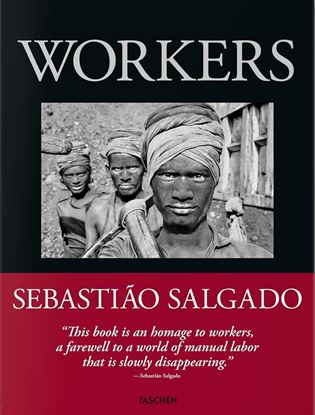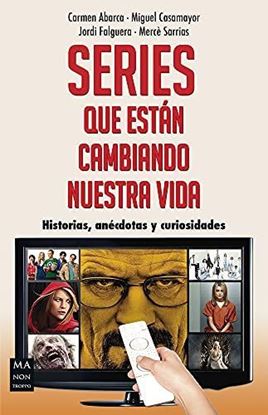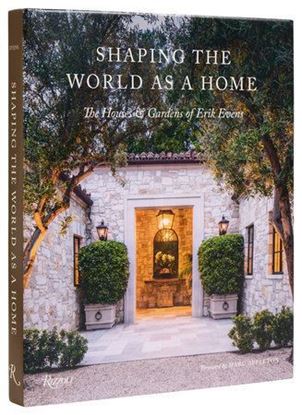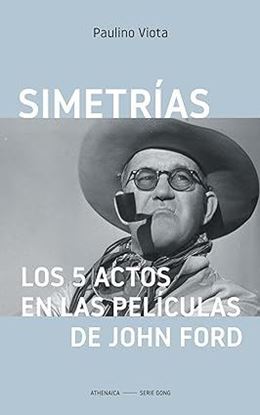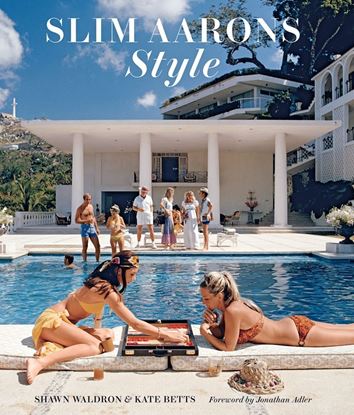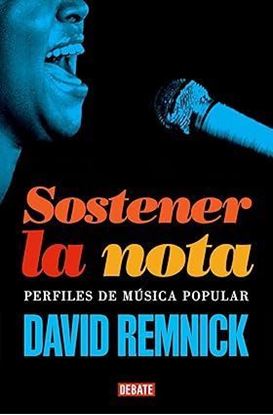

SEAN SCHERERS VIGNETTES
How do you make your home come alive with personality, charm, and memory? In the introduction to Sean Scherer’s first book, Kabinett & Kammer: Creating Authentic Interiors, Anderson Cooper writes, “Scherer has a unique ability to place otherwise ordinary objects in a completely unexpected context or grouping and in so doing change the way you see them.”
In Sean Scherer’s Vignettes, Scherer focuses in on the art of combining common objects into aesthetically pleasing groupings, or vignettes. Contending that a vignette can set the whole mood and tone of a room, he shows you how to use any surface in your home, from a tabletop to a bookshelf to a wall, to create lively displays of your favorite items. Beautifully illustrated with Scherer’s own photographs, the book demonstrates how to balance color, texture, and shape, and provides lessons on how to create both symmetrical and asymmetrical vignettes.
2,995
2,396
SERIES QUE ESTAN CAMBIANDO NUESTRA VIDA
Una selección de las series que han marcado un hito y han cambiado el panorama audiovisual de los últimos años. Y con ellas algunas de las curiosidades más sosrprendentes de un género que parece augurar una larga y saludable vida.
800
640
SHAPING THE WORLD AS A HOME
Evens has long been considered one of the country’s leading contemporary architects who aspires to create the complete living environment, in the same vein as Gil Schafer, Bobby McAlpine, Ray Booth, and Stanley Dixon. His inspiration is drawn from classical traditions and informed by contemporary indoor-outdoor life—in this case the indoor-outdoor life of California.
4,200
3,360
SI LAS JOYAS HABLARAN
* Un cofre del tesoro rebosante de historias olvidadas sobre las joyas que han acompañado al ser humano desde los albores del tiempo, de la mano de la experta en joyería Carol Woolton. Indaga en la historia y el significado cultural del ornamento humano, en una narración abundante en detalles y anécdotas variopintas. Carol Woolton, experta en historia de las joyas, directora de Joyería en la edición británica de Vogue y presentadora de un pódcast especializado, es la guía perfecta en este largo viaje con siete paradas: aretes, sortijas, cuentas, dijes, broches, brazaletes y tocados. Una inmersión en culturas de todo el mundo y todas las épocas para narrar la fascinante historia de los torques de plata vikingos, el jade imperial chino, los anillos posies del siglo xvi, las gemas naturales, los motivos de serpiente, los camafeos romanos, las joyas de boda hindúes, el oro etrusco, las monedas de la Grecia clásica, los piercings, las tiaras o las tobilleras.an cautivador y resplandeciente como sus protagonistas, este libro hará las delicias de todo amante de la joyería.
1,650
1,320
SIMETRIAS. LOS 5 ACTOS DE JOHN FORD
De una incomparable familiaridad con el legado clásico y moderno del cine, del estudio exhaustivo de sus películas y de los rasgos de estilo de sus cineastas, nace el Paulino Viota teórico, ese sabio que ha plantado en artículos, libros, conferencias y cursos la fructífera semilla de su apasionamiento, marcando a varias generaciones de cinéfilos mediante la finura del análisis, la argumentación audaz y la iluminación arrebatadora. Fue, como bien se ha dicho, la opción elegida para seguir siendo creativo, para hacer cine de otra manera, cuando su carrera de cineasta se vio desgraciadamente truncada. En "Simetrías. Los cinco actos en las películas de John Ford", catorce títulos del director de Fort Apache o The Searchers son desmenuzados para hacer comparecer a su cineasta-constructor, demiurgo tras las apariencias que apuntala la narración y gestiona su memoria esa guía afectiva del espectador atento a partir de cinco actos, unidades de sentido de raigambre mítica relacionadas entre sí por simetrías y correspondencias que explican la pregnancia del cine fordiano. Así, Paulino Viota, con una clarividencia que se impone a la hybris, nos faculta a comprender y sentir la parte sumergida que sustenta la punta visible de ese imponente iceberg llamado John Ford; y mientras, el lector, en justa proporción, celebra el trabajo minucioso y callado, la tramoya de diagramas y esquemas que el analista ha ido desarrollando durante años para poder arribar a sus emocionantes conclusiones, aquí donadas con la generosidad que todos conocemos y admiramos en él.
1,500
1,200
SLIM AARONS: STYLE
Slim Aarons: Style showcases the photographs that both recorded and influenced the luminaries of the fashion world. This collectible volume features luscious early black-and-white fashion photography, as well as color portraits of the fashionable elite—like Jacqueline de Ribes, C.Z. Guest, Nan Kempner, and Marisa Berenson—and those that designed the clothes, such as Oscar de la Renta, Emilio Pucci, Mary McFadden, and Lilly Pulitzer.
Featuring a number of never-before-seen images and detailed captions written by fashion historians, Slim Aarons: Style is a collection of the photographer’s most stylish work.
Slim Aarons, at least according to the man himself, did not photograph fashion: “I didn’t do fashion. I did the people in their clothes that became the fashion.” But despite what he claimed, Aarons’s work is indelibly tied to fashion. Aarons’s incredibly influential photographs of high society and socialites being unambiguously themselves are still a source of inspiration for modern day style icons.
This coffee table book is perfect for sharing, displaying, and gifting.
5,800
4,640
SOLDADOS DE LA HISTORIA DE ESPAÑA (OF2)
José Ferre-Clauzel (Toulouse, 1961) es uno de los pintores de historia militar más importantes del momento. Su delicadeza para reflejar los detalles y su riguroso proceso de documentación para plasmar las escenas bélicas decisivas de la historia de España son sus señas artísticas más reconocidas. Los cuadros que pinta viven dentro y fuera de él, y, por eso, es capaz de traspasar el lienzo y cumplir el objetivo de cualquier artista: emocionar al espectador.
Este libro recoge sus mejores pinturas a lo largo de los últimos veinte años —acompañadas de los extraordinarios textos de César Cervera Moreno— y traza un recorrido histórico a través de ellas, desde la batalla de Clavijo hasta Irak, para que el lector sea capaz de captar la tensión del momento reflejado y el dramatismo y el miedo que envuelve toda guerra.
500
400
SOSTENER LA NOTA
Desde el debut de Leonard Cohen, cuando su miedo escenico le impedía terminar "Suzanne", hasta la icónica caída del abrigo de visón de ArethaFranklin en el Kennedy Center mientras Barack y Michelle Obama aplaudían efusivamente. En Sostener la nota, el legendario director de la revista The New Yorker, David Remnick, reúne sus escritos sobre algunos de los músicos, compositores e interpretes más famosos del mundo con vocación de entender cómo han pervivido en el tempo y en el tiempo las mayores y más populares voces del último siglo en Estados Unidos.
Ganador de un premio Pulitzer por La tumba de Lenin, Remnick toma como hilo conductor las fulgurantes y longevas carreras de los mayores iconos musicales del planeta (Patti Smith, Mavis Staples, Paul McCartney, Bruce Springsteen, Buddy Guy…) para entregar una reflexión magistral sobre el exito, el fracaso, el estrellato, el relevo generacional y el ocaso profesional. Este bestseller, que recoge con gracia
1,650
1,320


